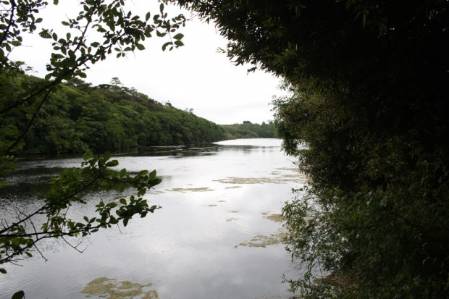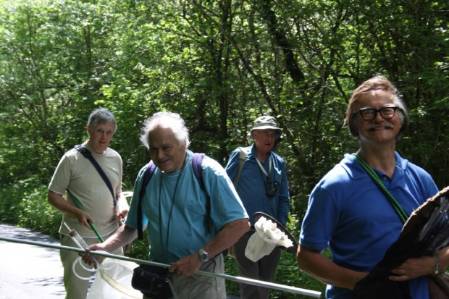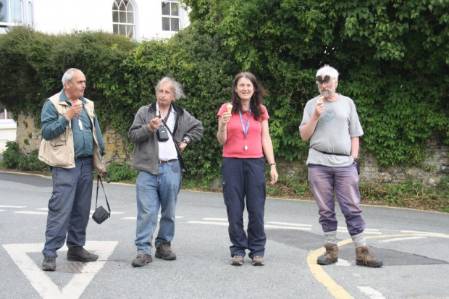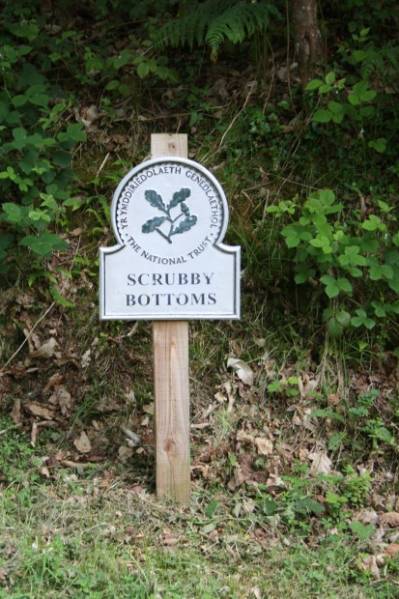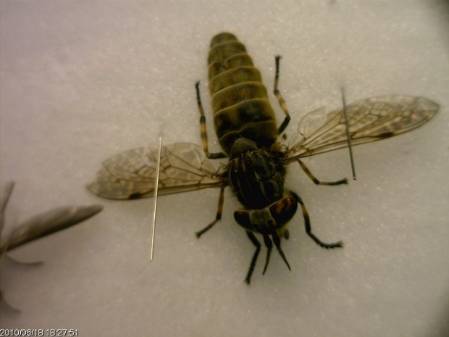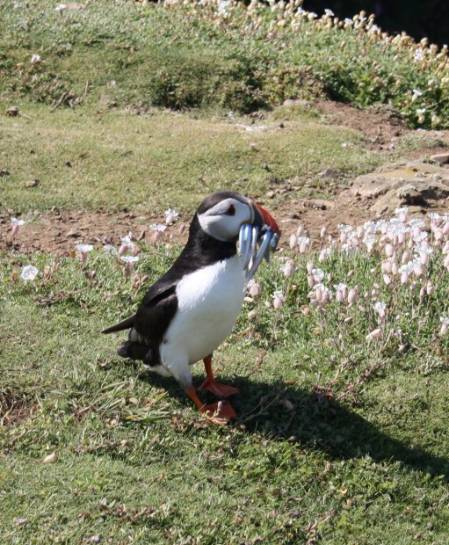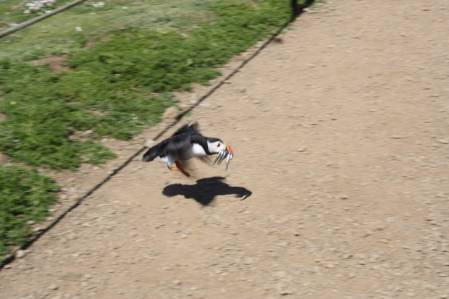Well I have just been to some of the most glorious countryside in the UK. The Dipterists forum annual summer collecting trip was based in Stackpole, South Wales at a Natural Trust Centre. This was surrounded by wood, and fields, and Lakes (containing Otters although I did not see any!!) and the Centre itself had a large hall within which we set up our microscopes!
One of the lovely lakes that had Otters.
It is always a great week, concentrating on collecting flies from as many different habitats as possible, to add data to recording schemes as well as building personal collections, and in our case building and maintaining the comprehensiveness of the National British Collection. We (another colleague and I) get to spend the week collecting, pinning and id’ing flies with some of the UK experts in a range of different fly groups. Alan Stubbs (co-author of British Soldierflies and their Allies, and British Hoverflies) is one of the main men (and very very good on craneflies) and an absolute ice-cream demon. Peter Chandler (co-author of ‘A Dipterist’s Handbook’ and the British Checklist of Diptera) is another and is the UK expert on fungus gnats (but not very good at opening ice cream tubs). They, and another 28 roamed the countryside for the best fly (and bee, sawfly, bug and the odd beetle! there were many groupies!!) John Kramer and Richard Underwood were also present who regularly volunteer at the NHM and again are very good Dipterists.
Please if you see these people do not approach (Dipterists at large)...
After a long drive, we had nothing to do but eat, a consistently good theme of the week. We were allocated rooms and then set up our microscopes. We had a quick walk down to the Lake which in the setting sun was more than pleasant
Hunting started properly the next day. We set off to the Coast to sample amongst the Dunes. I had great fun chasing Robberflies, trying to poot’ Dolichopodids of the cliff face, attempting to catch shore flies (they fly so close to the surface you just end up whacking the net against the rocks!) and sweeping along the edge of a stream whilst paddling!! Oh sometimes, fieldwork is just so difficult I don’t know how I cope...
Fieldwork involves a lot of ice cream....
The afternoon we moved on to woodlands (now here you will be pleased to know that I scratched my legs to death) and ended up at Scrubby Bottom where we were attacked by horseflies (which we killed and have subsequently pinned ).
The evenings are spent eating, and pinning. We use Cherry Lorrel for killing the flies as it is not only an effective killer but it also relaxes the specimens as well and so we are able to pin them in the most appropriate way. You can stick a micropin through most of them and then pull out their legs, so that most of their limbs are elongated and the wings are carefully pinned, spread away from the body.
Here is a horse fly which has had it's wings spread out so we can clearly see the markings on the abdomen
These are left in that position overnight to ensure that the legs, wings etc set in the correct position. We had prepared some little labels which enabled us to quickly sort the material into correct dates and sites.
The next couple of days were doing very similar things. We would gather around in the morning, pouring over maps. They had been highlighted with ‘hotspot’ areas of woodlands, marshes, dunes etc which were thought to be great for the little flies. Most people were collecting specific families of flies and therefore their requirements would differ. Peter was collecting fungus gnats and therefore preferred damp woodland, whilst I was hunting for Robber flies and so liked hanging out in the dunes. That must have been a lovely sight for the general public to see me on my hands and knees with my pooter tube in my mouth and a net in one hand poised, ready to catch a fly. There may have been a little bit of bad language as well when I missed them….
Me collecting from a stream (thanks to Ken Merrifield)
We took one day off to collect on Skomer. I say take off as although I and the others did collect flies, I got very distracted by the Puffins . Amazing little things. The path ran alongside the cliff and as they land with their beaks stuffed full of fish, they wait for us humans to move aside so they can run over it and into their burrows. We had accidentally left a bag in the way and you could almost sense the impatience (and watch them tap their little feet in frustration) as they waited for us to sort ourselves out and move the offending article before shooting across!!
here it was waiting.....
And then a mad dash across the path
One of the most productive days was just down a country lane where there was a mixture of open habitat and closed canopy (and therefore a slightly damper area). Loads of lovely flies here including Horseflies (which I have to say are incredibly attractive J), Hoverflies and some Mycetophilidae (fungus gnats!)
As well as us Dipterists, we had some other entomologists sneak along with us including a sawfly specialist and a bee specialist. It is actually really nice to have a variety of people as you end up learning other interesting facts and how to collect different groups.
All in all a brilliant week. I have to say that is some of the loveliest countryside I have seen in a while. I can not believe that I have been all over recently and I seem to be raving more about what is on our own doorstep!
Excellent meadows for the hoverflies etc
Am back in the Museum for a week as it is National Insect week and I am doing two talks!! It should be good as I just talk about how wonderful flies are!!! (http://www.nhm.ac.uk/visit-us/whats-on/national-insect-week/index.html)



